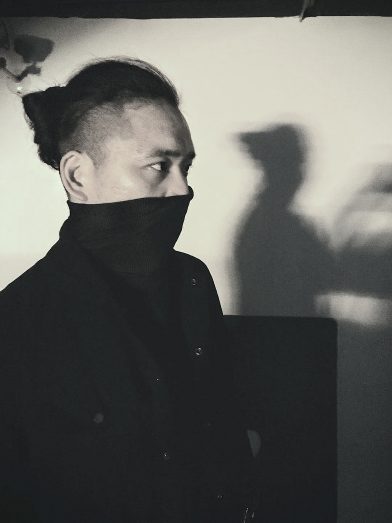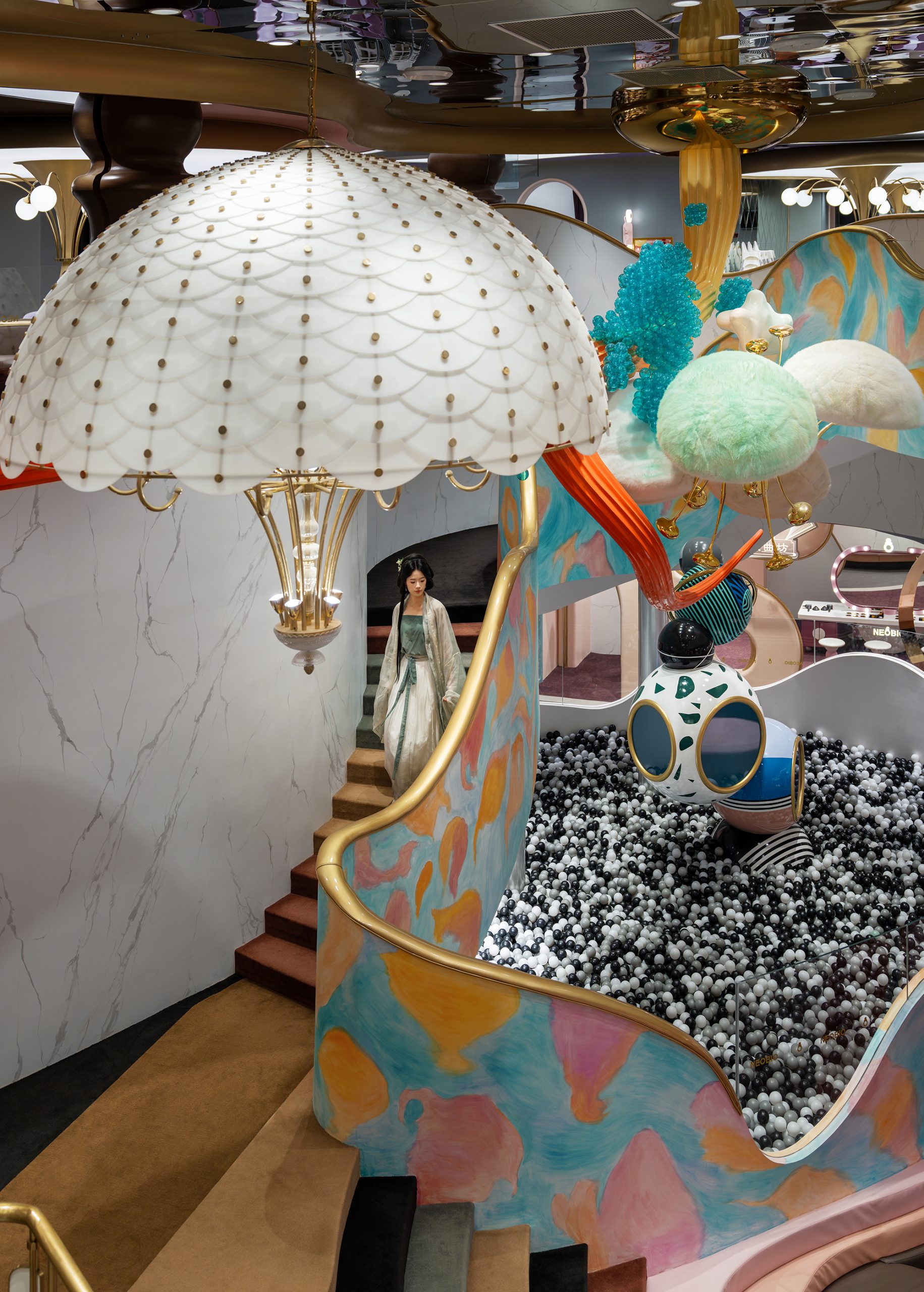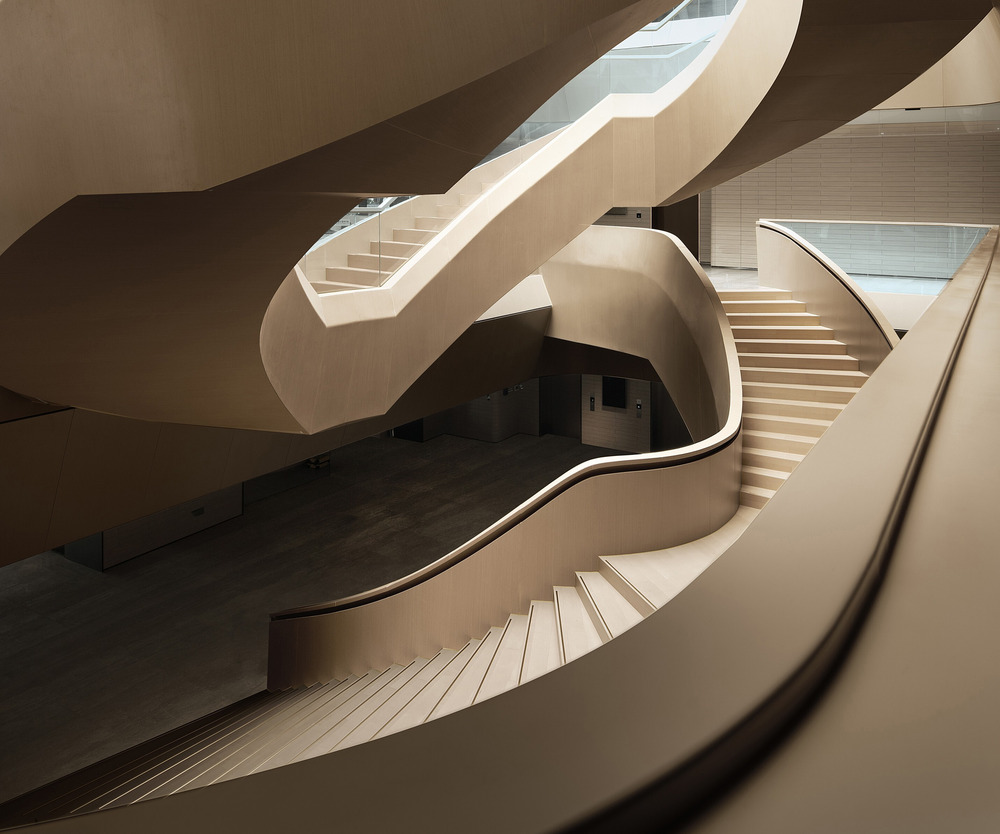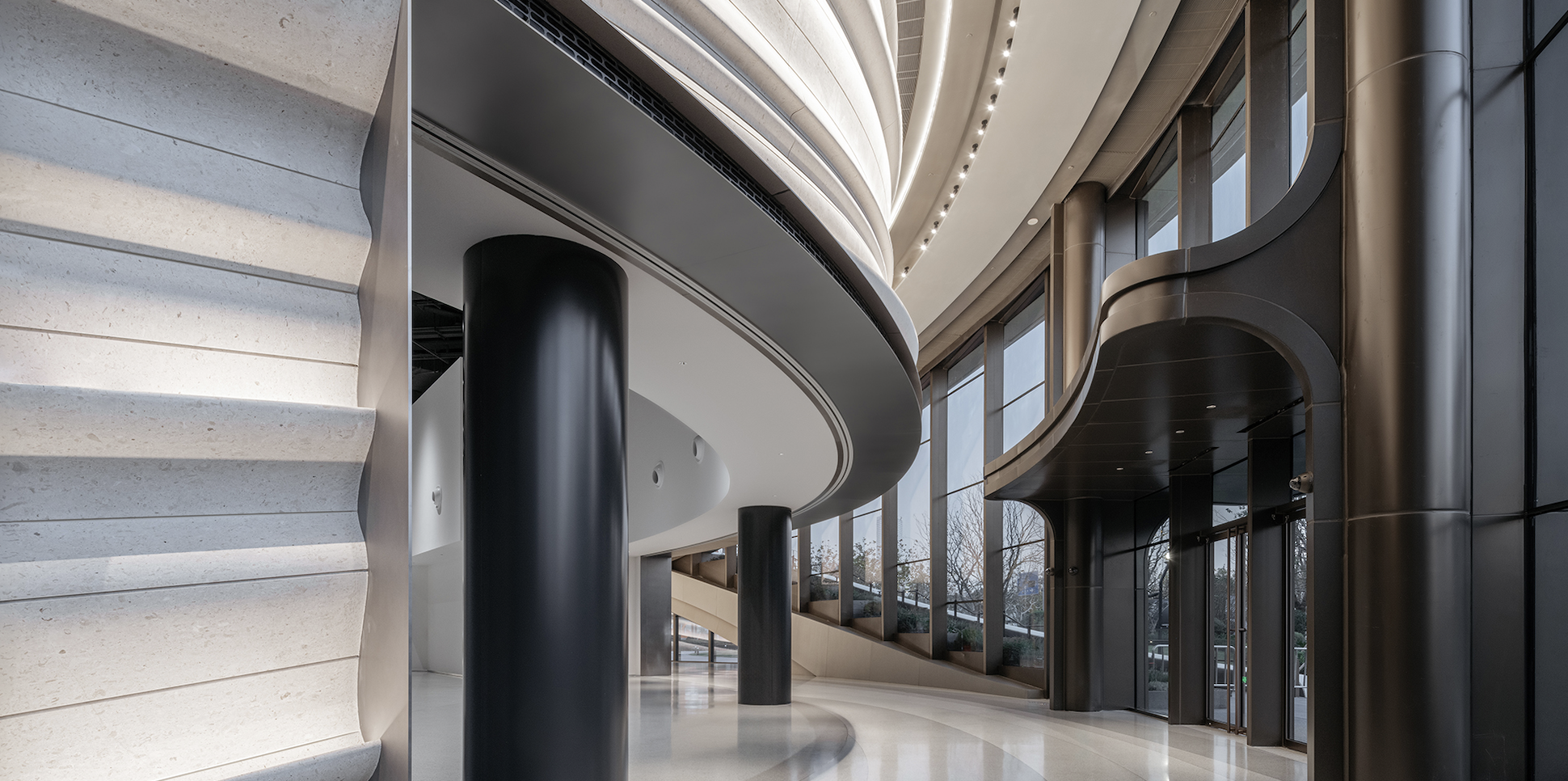The new Neobio family park, located in Shanghai’s Yu Garden neighbourhood showcases the shared vision of Neobio and Pig Design, built upon a prior collaboration. Surrounded by a backdrop of ancient architecture steeped in historical significance and cultural nuances, the premise unveils an evocative narrative inspired by Oriental gardens.
Yu Garden is a renowned garden in Southern China dating back more than 460 years ago. This project draws design inspiration from the site’s cultural context – originally constructed during the reign of Emperor Jia Jing in the Ming Dynasty, built by Pan Yunduan for his parents, as a gesture of filial piety.
Taking design cues from the ancient filial story behind Yu Garden, the parent-child space pays homage to the unique local context. Here, the design incorporates a diverse colour palette and offers varied viewing perspectives. As visitors traverse the circulation route, they are treated to a series of garden scenes that evoke the imagery of an Oriental scroll painting.
- Photo credit: Qi Shuoqian
The project is situated in Yuebin Building, an iconic structure in the Yu Garden Commercial Hub. An escalator guides visitors into Neobio’s two-floor space that spans nearly 5,000 sqm. The space has been reimagined to tailor to the building’s scale and cultural narratives, fostering creative content and experiences drawn from timeless classics.
 |
The chief designer, Li Wenqiang, masterfully merges art with design practices, interweaving traditional Chinese paintings and garden motifs into the fabric of the space. The outcome is a bold breakaway from Chinese-style design norms that captivates the senses. A streamlined front desk inspired by traditional pavilions serves as a hub that connects traditional culture with contemporary context. The brand’s teat-shaped logo intricately intertwines with bonsai-inspired elements and traditional door carvings, setting the stage for an immersive journey that transcends the ordinary. |
- Photo credit: Qi Shuoqian
The use of curves extends seamlessly to the shoe-changing area. Wooden surfaces in interchanging dark and light tones are complemented by ancient-style lighting fixtures. An Oriental colour palette, inspired by traditional Chinese paintings, subtly enriches the spatial layering and demarcates the various function areas.
Dressed with mountain and water landscapes, the book area evokes a surreal experience. Enveloped by cascading curtain structures in a myriad of hues, this enclave fosters a dialogue between past wisdom and new memories, with books serving as vessels of human civilisation.
- Photo credit: Qi Shuoqian
Moving to the purple Hanfu (traditional Chinese costumes) dressing area, circular structures at the top and bottom mirror each other to create an “hourglass” shape, perfectly encapsulating past and future in a dreamy space. As the eye moves from horizontal wavy shapes to vertical forms, attention shifts to the atrium area. The zigzag staircase and hanging umbrella installation are reinterpretations of the Jiuqu Bridge and Huxin Pavilion in Yu Garden respectively, infuse new narratives.
- Photo credit: Qi Shuoqian
An art installation inspired by “Taihu Stone” rises from a pool of black, white, and silver bubbles, mirroring the proportions of the solar system’s eight planets. It resonates with the blooming “lotus” in the air and the inverted “bonsai”. Ink, blue, crimson, and white tones, drawn from the palette of traditional Chinese brushwork, enrich the art installations and bring the evocative theme to life.
- Photo credit: Qi Shuoqian
A circular path seamlessly connects various areas within the space. The well-organised layout is adorned with “structures” and “landscapes”. An array of curated experiences, blending elements of play and education, are deeply rooted in the cultural context of Yu Garden, allowing visitors to forge a genuine connection with their surroundings.
Neobio partnered with Tonghan Chuntang, a century-old traditional Chinese pharmacy brand in Shanghai, to introduce a unique pharmacy-themed area where visitors are invited to use medicinal herbs to craft small sachets. In the culinary education zone, visitors can immerse themselves in learning the craft of making Nanxiang Steamed Buns and other local traditional snacks. These hands-on activities serve to foster children’s curiosity and encourage them to explore Chinese culture in an engaging manner.
- Photo credit: Qi Shuoqian
The restaurant area boasts a vivid and elegant design language. Plastic materials are combined with streamlined seating units, while branch-shaped lamps serve as symbolic representations of the Yu Garden Lantern Festival. Through the interplay of time, colours, and lines, a composite scene emerges, enriching the intertwined stories across different times and spaces.
In this innovative project, PIG DESIGN takes an unconventional approach, envisioning a future destination steeped in the historical heritage of the site. Through imaginative interventions, the project revitalises Neobio’s brand image. Drawing from oriental aesthetics, the designers curate an experiential journey that embraces the city’s fabric, enriching the cultural tapestry of Shanghai.
- Photo credit: Qi Shuoqian

























